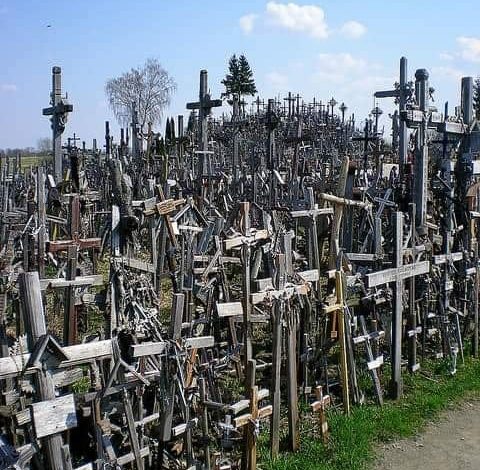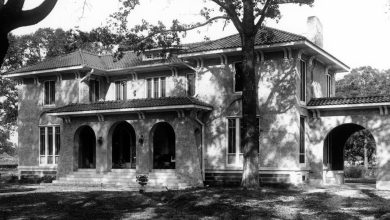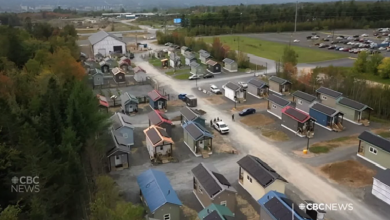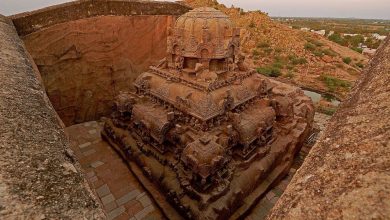Thousands of Crosses Cover This Eerie Hill in Europe

The exact origins of Lithuania’s Kryžių Kalnas, or the Hill of Crosses, remain a mystery. Just outside the northern city of Šiauliai, thousands of metal and wooden crosses—placed here for nearly two centuries—have found a home on the growing mound of religious fervor. Dangling rosaries chime in the blowing wind and provide a rolling soundtrack for icons of saints and photographs of revered local patriots. Despite many attempts to destroy it, this unusual pilgrimage site endures as a powerful testament to devotion.
Legends and fables color the history of the Hill of Crosses. First mention in writing dates to 1850, but some think the crosses appeared earlier, left by mourning relatives of the victims of revolts against the Russian regime in 1831, and later in 1863. The tsar suppressed national identity by limiting religious expression, so families were forbidden to honor the dead with proper burial in cemeteries. Many believe the crosses cropped up at the end of the 19th century, after an apparition of the Virgin Mary holding baby Jesus asked the believers to cover the holy place with these icons.

The tradition of carving religious icons has been handed down through generations. UNESCO recognizes cross-making as intangible cultural heritage of Lithuania, a “symbol of national and religious identity,” uniting the community in the face of adversity. During the Soviet era, religion remained banned and the Hill of Crosses off limits. In April 1961, the entire site was bulldozed and burned down by the authorities. Even though the Hill of Crosses was destroyed four more times, each time locals risked political danger by defiantly rebuilding the site under the cover of darkness.
Since gaining independence in 1991, religion in Lithuania is practiced freely and openly. Still, a rural exodus from rural areas and villages means fewer young people learn the craft of cross-making. Today, no one really holds jurisdiction of the Hill of Crosses, with different organizations and individual volunteers pitching in to maintain the site. However, even with an uncertain future, the Hill of Crosses welcomes tourists so they might better understand the local community’s difficult past, learn of its unshakable faith, and feel hope for the future.
As Rūta Stankuvienė, director of Šiauliai Tourism Information Center describes: “It doesn’t matter who you are, what religious confession you follow, or at what time you come, since the canonical rituals of the Church are not so important here. The doors of this place are always open because there are no doors at all. Here, nature mingles with culture, including any person in the completely unique experience.”




